
WP 2.2 Control of Eukaryotic Microbial Populations by Viral Parasites
project description
Viruses outnumber cellular organisms by orders of magnitude and have a major impact on microbial communities and nutrient cycling by influencing the flow of organic matter through trophic levels. Yet for some of the most important microbial groups, such as the heterotrophic microbial eukaryotes (protists), which are main consumers of bacteria and represent an important link to higher trophic levels, it remains almost completely unknown how interactions with viruses shape their ecology and evolution.
Recent evidence suggests that the newly discovered giant DNA viruses are key predators of heterotrophic protists. We hypothesize that these enigmatic viruses play a key role in the population dynamics of their protist hosts and, through the role of protists as grazers, also influence bacterial communities. We will bring our combined expertise in viral biology to bear on the problem of how viral interactions influence populations of heterotrophic protists.
We have studied giant viruses of heterotrophic protists in culture and have used high-resolution time series sampling to capture coupled dynamics of algal protists and giant viruses. We will further advance this approach by combining high-resolution time-series sampling and fine-scale size fractionation with amplicon, metagenome, and meta-transcriptome sequencing. In the sampling campaign, we will focus on freshwater, which is generally underexplored compared to the marine environment.
This will allow us to determine correlated fluctuations between viral groups and their putative protist hosts. We will confirm interacting pairs via two strategies by (i) determining the virus-host interactome by identifying viral mRNA linked to host ribosomal RNA using RNA proximity ligation and sequencing, and (ii) protist co-incubation, isolation, and cultivation experiments on a set of subsamples, which will serve to recover viral isolates. Novel isolates will be further characterized in depth by genome sequencing and advanced microscopic approaches such as atomic force microscopy topography. Finally, we will model the observed interactions to generalize the findings, a prerequisite for including virus-protist interactions in the manipulation of microbiomes and for predicting the effects of interventions.
Our overall aim is to unravel coupled dynamics of protist and giant virus populations in natural microbial communities to determine to what extent eukaryotic microbial populations are controlled by these viral parasites. This knowledge is fundamental for our understanding of microbial community assembly and dynamics, and for our ability to manipulate complex microbiomes and predict the effect of such interventions.
work package leader
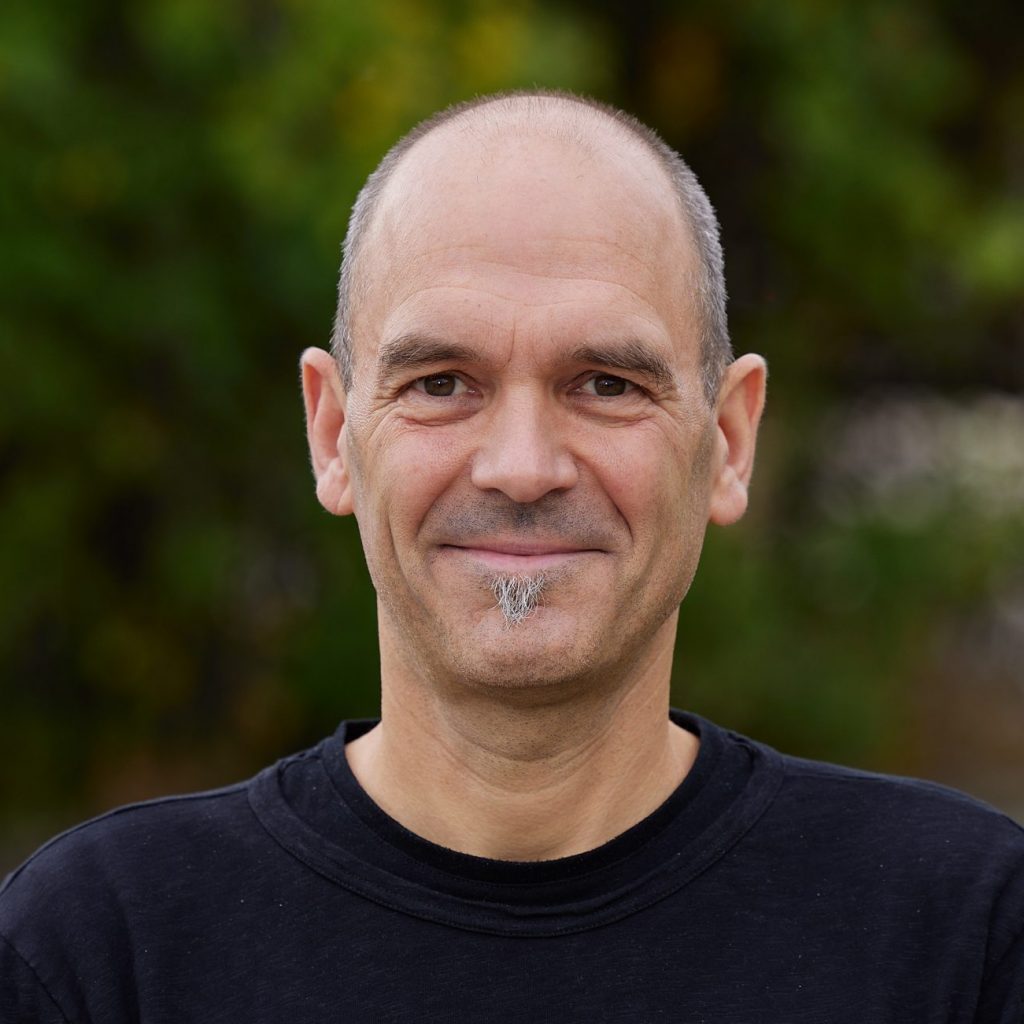
MATTHIAS HORN
University of Vienna
Professor and Head of the Division of Microbial Ecology (CeMESS)
CoE Key Researcher
work package members
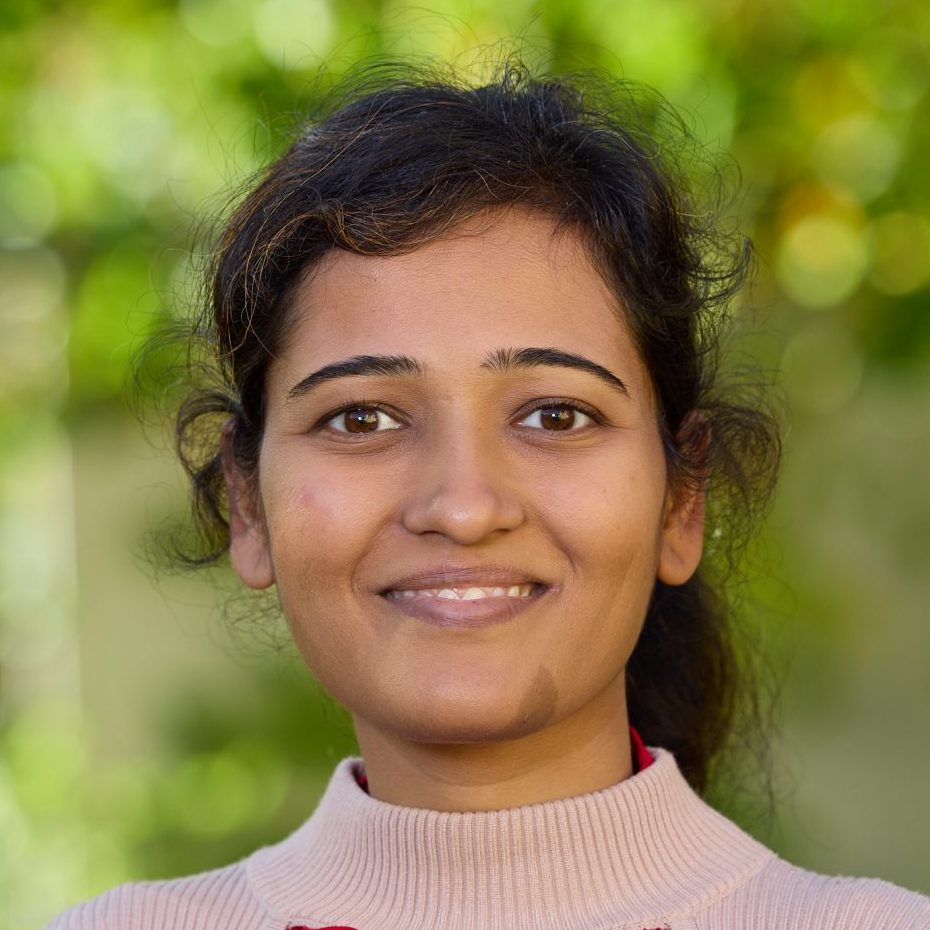
nisha goyal
Postdoctoral Reseacher
university of vienna
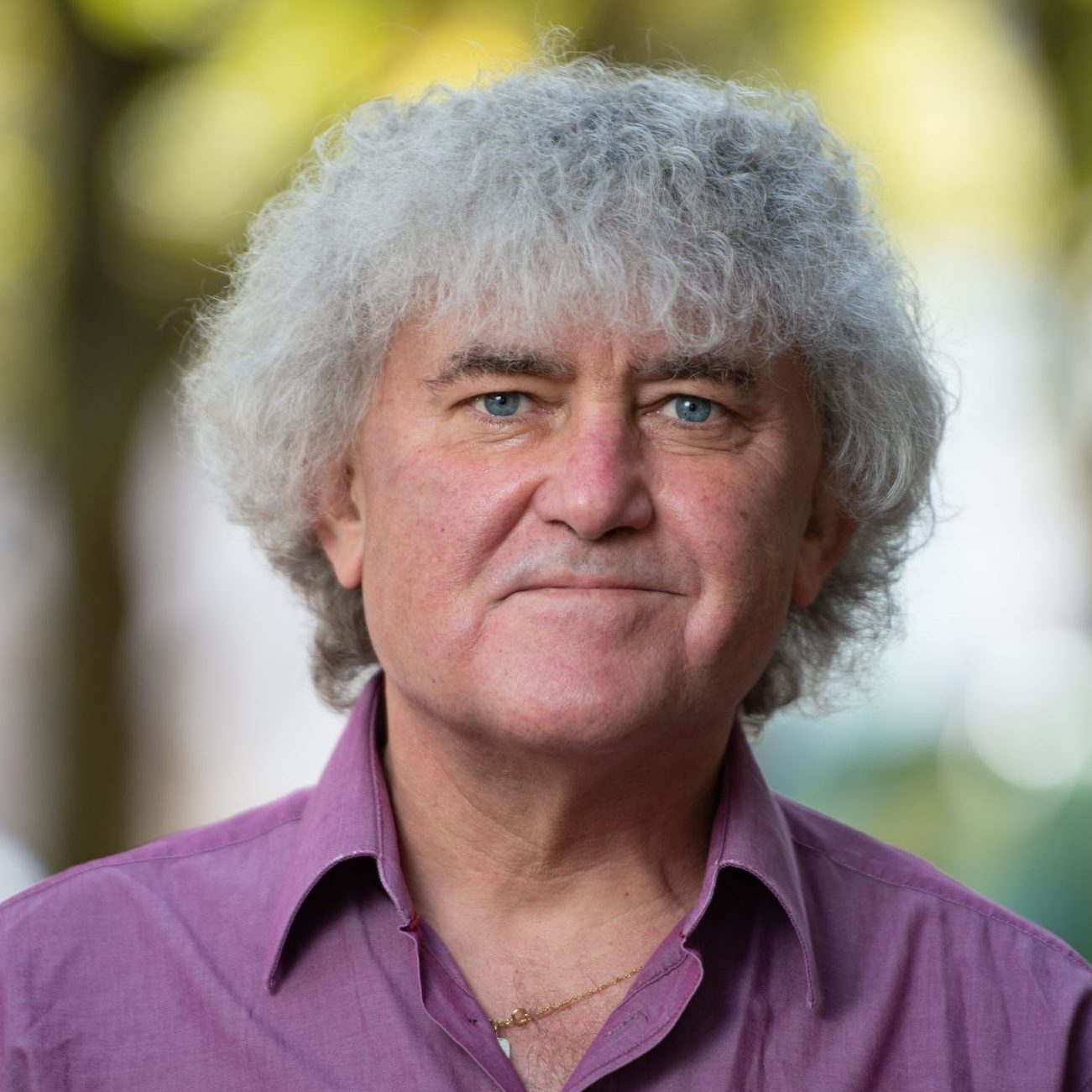
peter hinterdorfer
CoE Key Researcher
johannes kepler university linz
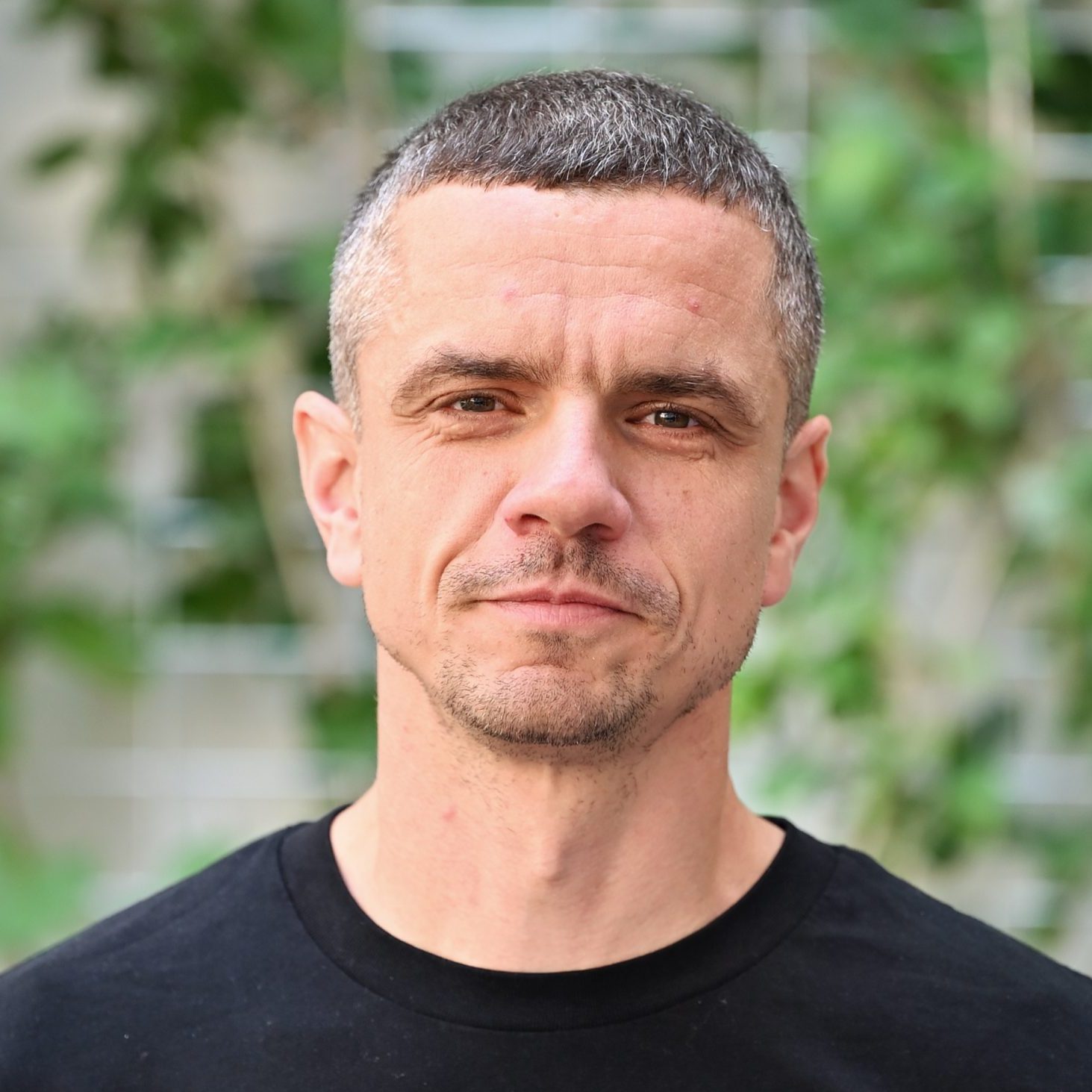
florian panhölzl
PhD Student
university of vienna
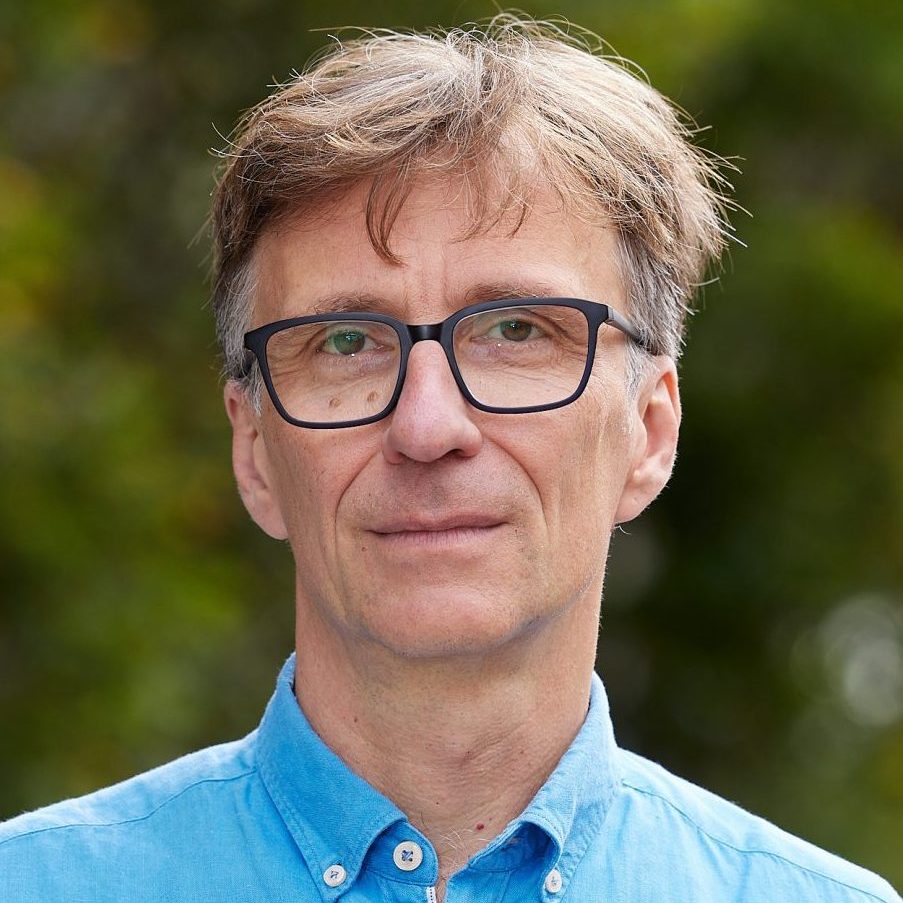
martin polz
CoE Key Researcher
university of vienna

sofia rigou
Postdoctoral Reseacher
university of vienna
involved institutions
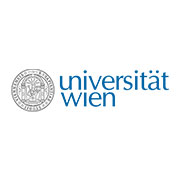
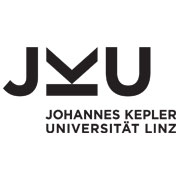
CoE publications in wp 2.2
Publications will follow soon

